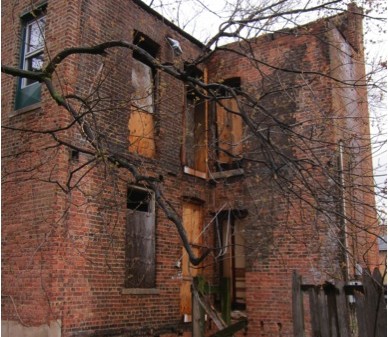
“It Is All About the Local”: ArtPlaceAmerica Deadline
New letters of inquiry (LOI) are due to the next and second phase of ArtPlaceAmerica grants due on November 15th (a week from tomorrow.) So it bears to pull out some things that have generated funding in the first cycle, and the types of questions some of the ArtPlaceAmerica partners are raising about creating “vibrancy” as a measurable quality of neighborhoods. Here’s one from Portland :
CHALLENGING THE SPACE Posted on November 2, 2011 (underlinings mine)
As we continue our long history of pop-up programming throughout Portland, it has also become clear that we need to strengthen our day-to-day presence in the city. To this end, ArtPlace is helping us not only to bolster our mobile infrastructure, but also to pursue a space in which we can capture a bit of the energy and community engagement we see during our temporary events. But this, in itself, is a tricky proposition.
How do you maintain a central location, but still remain flexible enough to hold events throughout the city? How do you not fall prey to the allure of a beautiful, expensive, fixed facility?
When it comes right down to it, we’re trying to rethink and re-define just what makes an “art space.”

Black Cinema House, Dorchester Ave., Chicago
And here’s one from Dorchester Avenue and Black Cinema House in Chicago, that might also deal in “intensity” of investment because Dorchester Projects are where artist Theaster Gates has begun interrogating the politics of ethnicity and ruins and vitality, to new ends. This language is from ArtPlaceAmerica Black Cinema House, posting on ArtPlaceAmerica dot org (underlinings mine):
Often times I’m asked why am I doing this and why am I invested in Dorchester avenue. When I moved into the 6918 S Dorchester back in 2005, I decided that I didn’t want to leave my neighborhood to access the amenities that were important to me. I thought, if I start to invest in bringing these amenities to my neighborhood then other people in my community would also be benefiting. I’m doing this not because the place I am living does not have the vibrancy or vital cultural places. It is that there are no venueThis is the politic of staying. This is why I am doing this. What happens if artists, politicians, and designers stay a little longer and do just a little more?
What would happen if we invest all that energy in the places we live?
For a contemporary fleshing out of some of this new language and what it means, please read this long post on grassroots arts funding.
